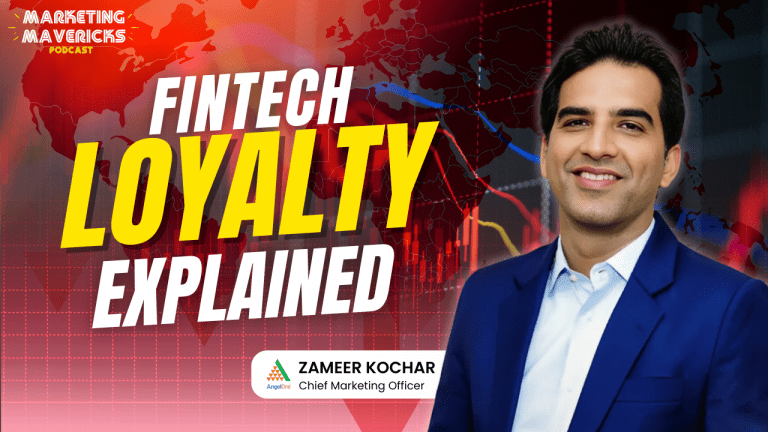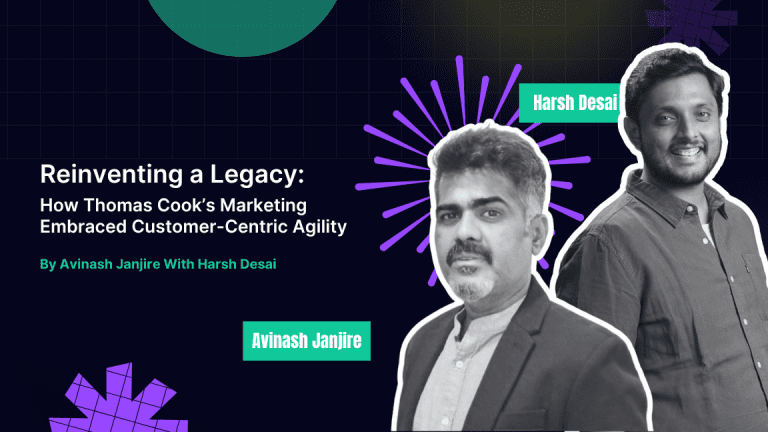Want to attract big talent as a small business?
Here’s some pop psychology to help you reverse engineer the four alleged personality types of people. Author Gretchen Rubin studies her social network and categorizes them as such. There’s a thing or two to learn from it.
The Questioners: Questioners meet their personal expectations but don’t subscribe to the external locus of validation and social mores set by others. They usually attempt to justify social conditioning by sound logic and clear evidence and research exhaustively before taking a call.
The Obligers: Obligers prefer to meet external expectations to internal instincts. If a task lacks external validation, they’ll have difficulty completing it despite having the best intentions to do so. Obligers usually cannot carry out self-directed work and stand the risk of burning out because of their friendly nature.
The Upholders: People in this group look forward to meeting both external and internal cues. They tend to form habits and routines easily which can sometimes make them inflexible.
The Rebels: Rebels refute all expectations. They honor self-expression and liberation. They are assets to case scenarios that require contrarian points of view. They tend to resist harder in the face of convention. Guide a rebel with the information they need and they’re likely to make a decision on their own.
No one tendency is rigged for success or happiness. They each bring immense value to the table. The trick is to recognize and draw talent that is best suited for your organizational culture.
If you’re a small company that wants talent that is senior, expensive, busy, and way above average, it’s as simple as understanding the key motivation psyche that runs deeper than your brand, scale of operation, budget, or how your office looks at the moment. It’s going to boil down to the business value of joining you and how it stacks up against alternatives. Hiring talent is a two-sided equation. Organizations and brands lean into what people really care about and people who are willing to position themselves alongside you.
Ways to attract big talent for a small business
1. Offer them a bigger purpose
Often, large brands are encumbered with infinite loops of bureaucracy that may grant them a designation in due time but smother agency and individual purpose eventually. If your potential hires been ‘Open to Work’ and have responded to you, it’s likely that they’re getting restless and want to do more at work. They are likely to appreciate working at a smaller organization that allows them to make a bigger difference. Personalize the role for them with empathy and you’ll make a more compelling case.
2. Sell flexibly
Larger organizations are required to maintain a clockwork of documentation and regulatory rote work that are inflexible. Smaller, more agile teams tend to adopt secure software tools and platforms that let employees focus on more meaningful work. Give your people a chance to do what they do best from anywhere and on their time. There is potential for work getting done with as much responsibility and integrity and more ownership. This is a great selling point for agile employers.
3. Compensate with shares
Contrary to popular belief, not all incentives need to be monetary. Expand your incentive design to include clear and specific shareholder equity and ESOPs that become significantly valuable over time. Done poorly, leaders will hear candidates refer to the black box of a distant compensation that feels like a roll of dice than something they can control. Think of Charlie Ayers, the executive chef at Google who was paid in shares when Google couldn’t pay him his full worth. When Google became significant and ubiquitous, his shares aggregated to $26 million with which he opened his dream restaurant.
4. Craft job posts
Seasoned creative professionals are looking to rub shoulders with highly motivated people who are focused, ordered, and know their game. Make sure the job post is crafted to reflect your big picture. Spend some time building meaningful job descriptions that are aligned with the best interests of both parties. What you put out there is what you’ll attract.
5. Outsource
Sit back and take a nice hard look at your budgets and goals. A long-term cost-benefit analysis will suggest the need for an agile workforce that doesn’t have to stay on your payroll but get work done on demand. Often, recruiting agencies and regular HR professionals fail to align the right talent for organizational creative needs.
At IndieFolio, we’re especially skilled at onboarding perfect fits for creative projects. What’s better, you don’t need to budget hiring costs for every project or manage independent contractors anymore. You onboard us once, and get access to an unlimited stream of India’s top creative talent.






